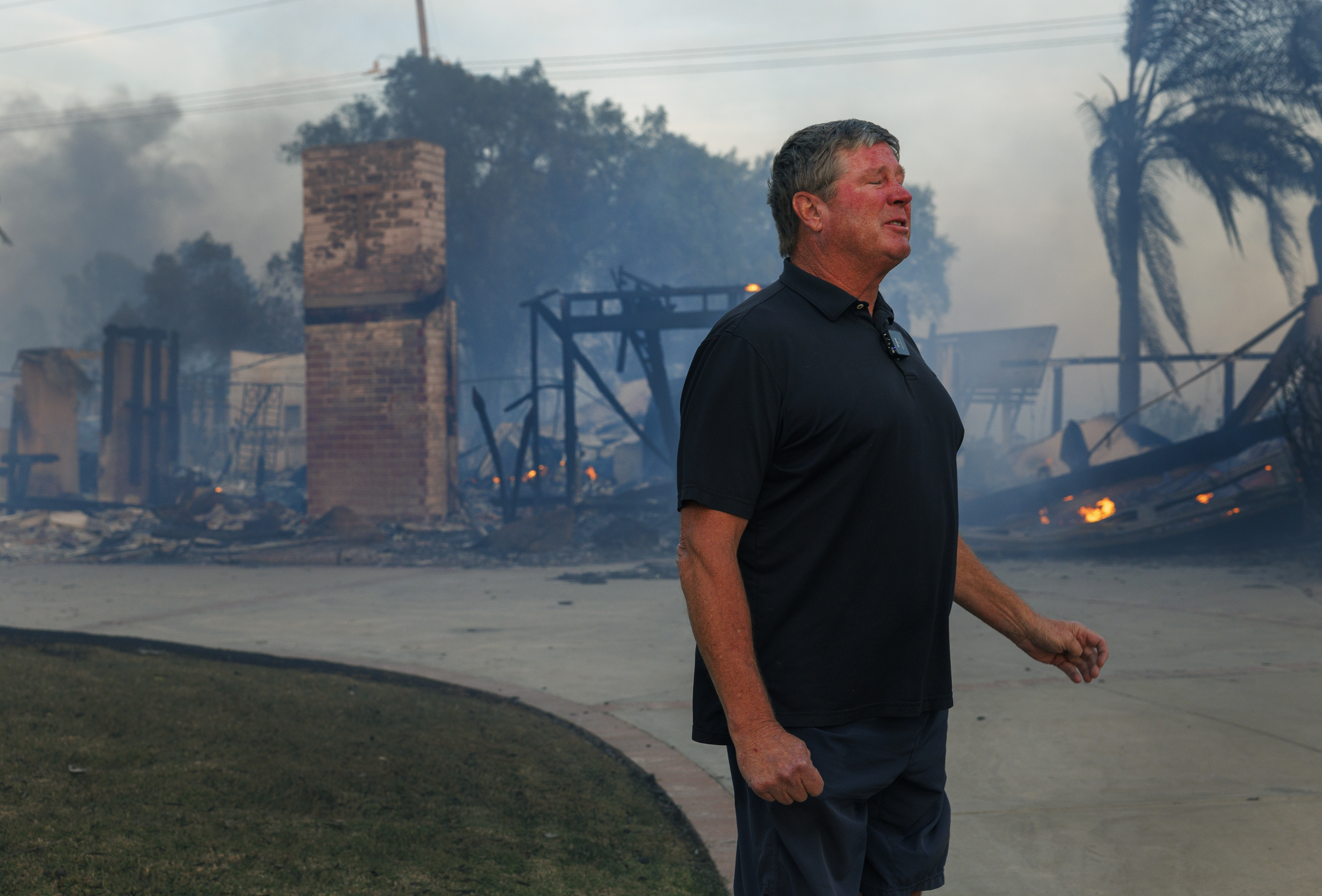
Newly released political maps from California's redistricting commission would leave some members of Congress without a political home and others to face off against colleagues in their own party in the 2022 midterm elections, when the state will play a key role in determining which party controls Congress.
The maps released late Wednesday are drafts that could change significantly before they are finalized in December. They offer a first look at how California's loss of a congressional seat, from 53 to 52, will reshape its political landscape. California lost a seat because it grew more slowly than other states over the past decade, but still remains the largest House delegation by far; each of its congressional districts represents about 760,000 people.
California is a Democratic stronghold but handful of House districts are exceptions and have been nationally watched contests in recent elections. Republicans now hold 11 seats in California and are hoping to win more as the party seeks control of Congress. The draft maps appear to give them an opportunity to pick up the Central Valley seat now held by Democratic Rep. Josh Harder, but Republican Rep. Mike Garcia may have a harder time holding his district, which is anchored in Los Angeles County. Orange County seats that have been highly competitive in recent elections are likely to remain so.
Among the incumbents who appear to fare the worst in the draft maps are Democratic Reps. Josh Harder and Lucille Roybal-Allard. Harder flipped a Republican-held seat in the Central Valley in 2018 and won reelection in 2020. But the district would cut Democratic territory and pick up Republican areas in the redrawing draft.
Get top local stories in Southern California delivered to you every morning. Sign up for NBC LA's News Headlines newsletter.
“This biggest loser in all of this was Josh Harder,” said Rob Pyers, research director of the nonpartisan California Target Book, which closely tracks redistricting.
Roybal-Allard has served in Congress since 1993, representing parts of southeast Los Angeles County. In the draft maps, key parts of her district are merged with others, leaving her without a clear base to run. Up north, Democratic Rep. John Garamendi's district, which includes a vast swath of land west of Sacramento including the cities of Davis and Fairfield, has been significantly cut up. In Sacramento, the draft maps cut a line through the heart of the capital city, which is now together in one district represented by Democratic Rep. Doris Matsui.
Overall, the draft maps appear to create four highly competitive congressional races in the districts held by Republican Rep. Devin Nunes and Democratic Reps. Katie Porter and Mike Levin, and a newly drawn San Diego district that could pit incumbents against each other, Pyers said.
Local
Get Los Angeles's latest local news on crime, entertainment, weather, schools, COVID, cost of living and more. Here's your go-to source for today's LA news.
Though the redrawn maps could shake up the partisan balance of power in California, the redistricting commission tasked with drawing them was not allowed to consider the party identification of voters when drawing the maps.
Voters created the California Citizens Redistricting Commission in 2008 in an effort to remove partisanship from the once-a-decade process of redrawing political maps. The state constitution spells out criteria the commission must follow, including creating districts with equal population, compliance with the federal Voting Rights Act that's designed to protect the political power of racial minorities and geographic continuity.
Sara Sadhwani, a member of the commission and an assistant professor of politics at Pomona College, stressed the maps are unfinished, particularly in the Los Angeles area. The commission will take public comment over the next two weeks then start making changes.
Final maps are due Dec. 23.
“One of the challenges with Los Angeles is that once you start tinkering with the districts it sends a large ripple effect throughout the entire map because the population is so densely concentrated," Sadhwani said.



